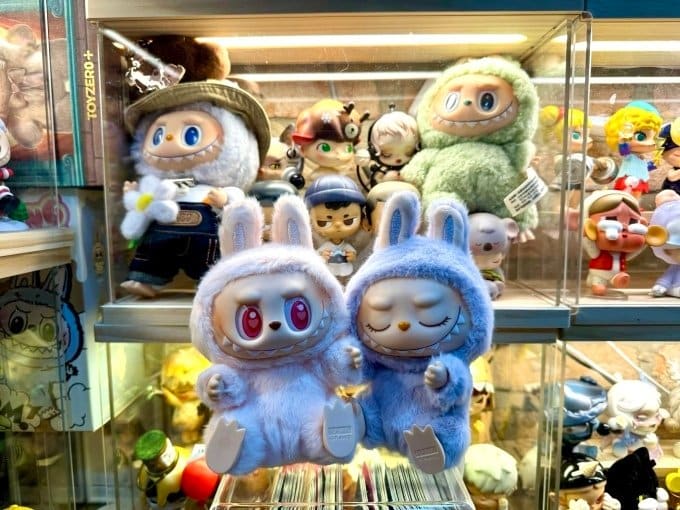The rise of Labubu is more than just a fad; it’s a social and cultural sensation shaking up the collectible toy world in 2025. Labubu, originally a little mischievous monster doll created by artist Kasing Lung and licensed by Pop Mart, has exploded everywhere—from TikTok and Instagram feeds to fashion runways and streetwear trends. But with popularity comes controversy, especially around Fake Labubu dolls flooding the market.
Labubu’s charm lies in its weirdly adorable look: fuzzy bunny-like ears, big expressive eyes, and a cheeky grin that makes it equal parts cute and creepy. First gaining major buzz when K-pop superstar Lisa from Blackpink was spotted with one in April 2024, the toy quickly morphed into a massive hit across Southeast Asia, China, and beyond. Millions of followers started collecting and styling with Labubu, turning it into a symbol of quirky youth culture and street fashion.
The dolls come in “blind boxes,” a surprise unboxing format that has fans obsessed with the thrill of uncovering rare variants. This marketing strategy, combined with celebrity endorsements from names like Rihanna and Dua Lipa, has driven wild demand. Limited edition releases and secret versions have fueled resale prices and intense online buzz, making Labubu a coveted collector’s gem.
But the craze has also led to problems. Due to overwhelming demand and frequent sellouts, scalpers have swooped in, hoarding genuine dolls to resell at inflated prices. This scarcity has paved the way for Fake Labubu dolls to infiltrate the market. These counterfeits, sometimes known in informal circles as “Lafufus,” not only confuse collectors but have caused concern over quality and safety. Various reports note that some fakes feature odd designs, inferior materials, and even pose potential health risks to children.
The cultural impact of Labubu is undeniable, but the backlash has climbed too. Authorities in several countries have stepped in. In Russia, lawmakers proposed banning the sale of the dolls, claiming their “frightening appearance” could harm children’s mental health. Some regions even seized thousands of dolls over fears they promote behavioral problems or harbor “demonic spirits,” as claimed in parts of Iraq’s Kurdistan region. Meanwhile, Pop Mart has taken precautionary steps such as pausing sales in UK outlets to avoid conflicts between customers scrambling for the dolls.
Despite these controversies, Labubu’s influence extends into fashion and online culture like few collectibles before it. The dolls have become a fixture on TikTok, where users capitalize on the toy’s “cute monster” aesthetic in humor and fashion videos. From graphic tees and backpacks to phone cases and streetwear, Labubu’s look blends Y2K nostalgia with a rebellious edge. It’s both a toy and a moodboard, inspiring a fusion of kawaii and grunge styles embraced by Gen Z’s desire for irony and personality in fashion.
The frenzy surrounding Fake Labubu dolls adds another layer to the trend’s complexity. Some collectors have oddly become intrigued by these fakes due to their unconventional characteristics, even though their presence threatens the brand’s integrity. This split between genuine and fake has sparked conversations about quality, authenticity, and the impact of viral marketing on consumer behavior.
What started as a niche children’s book character has now erupted into a cultural force encompassing collectible markets, social media communities, and global fashion scenes. The Labubu dolls are everywhere, from celebrity endorsements to meme culture, and even sparking debates about regulation and safety. Whether adored as a must-have for collectors or criticized for the chaos fake versions cause, there’s no denying Labubu’s unique spot in 2025’s pop culture landscape is here to stay.


